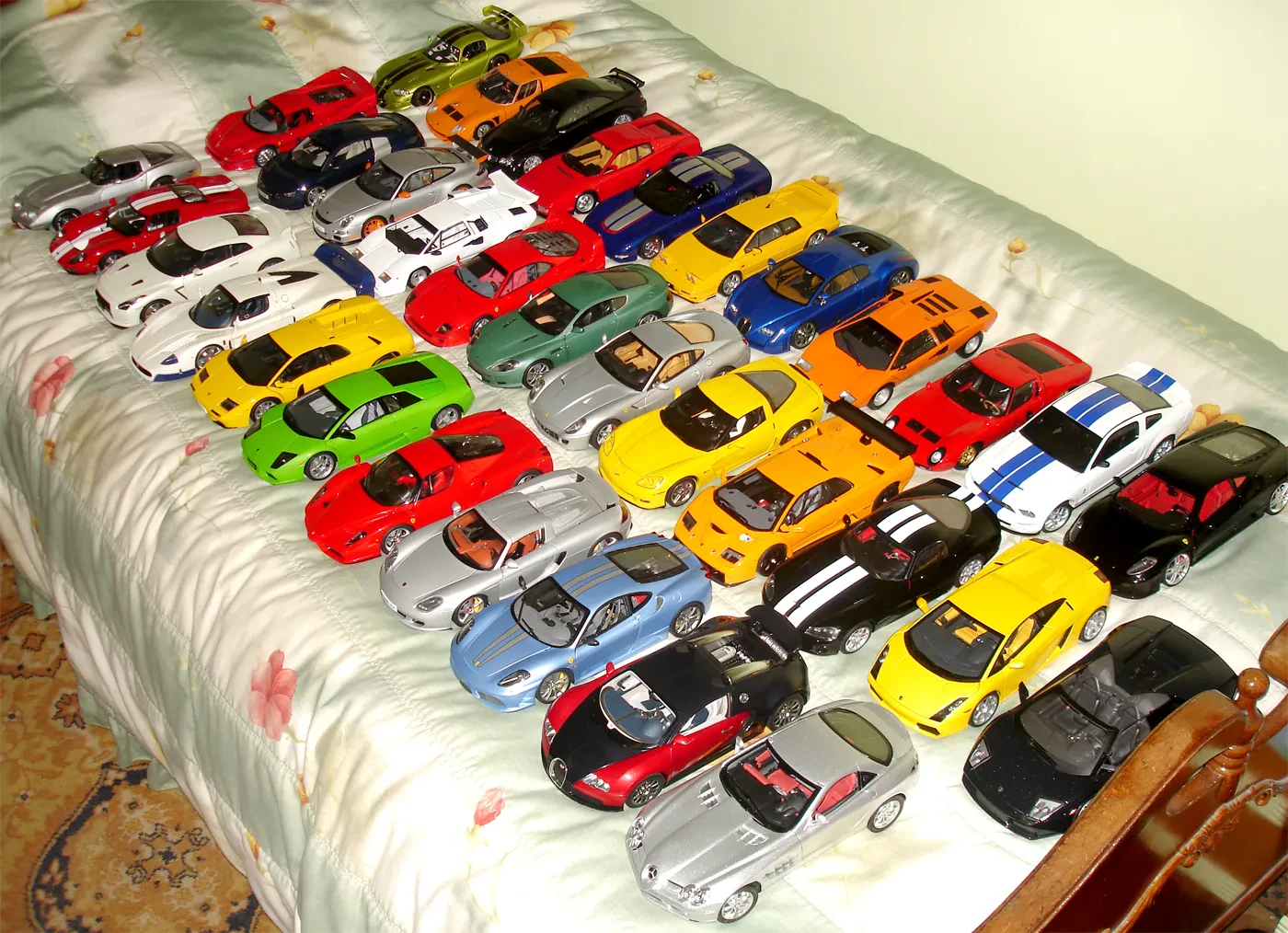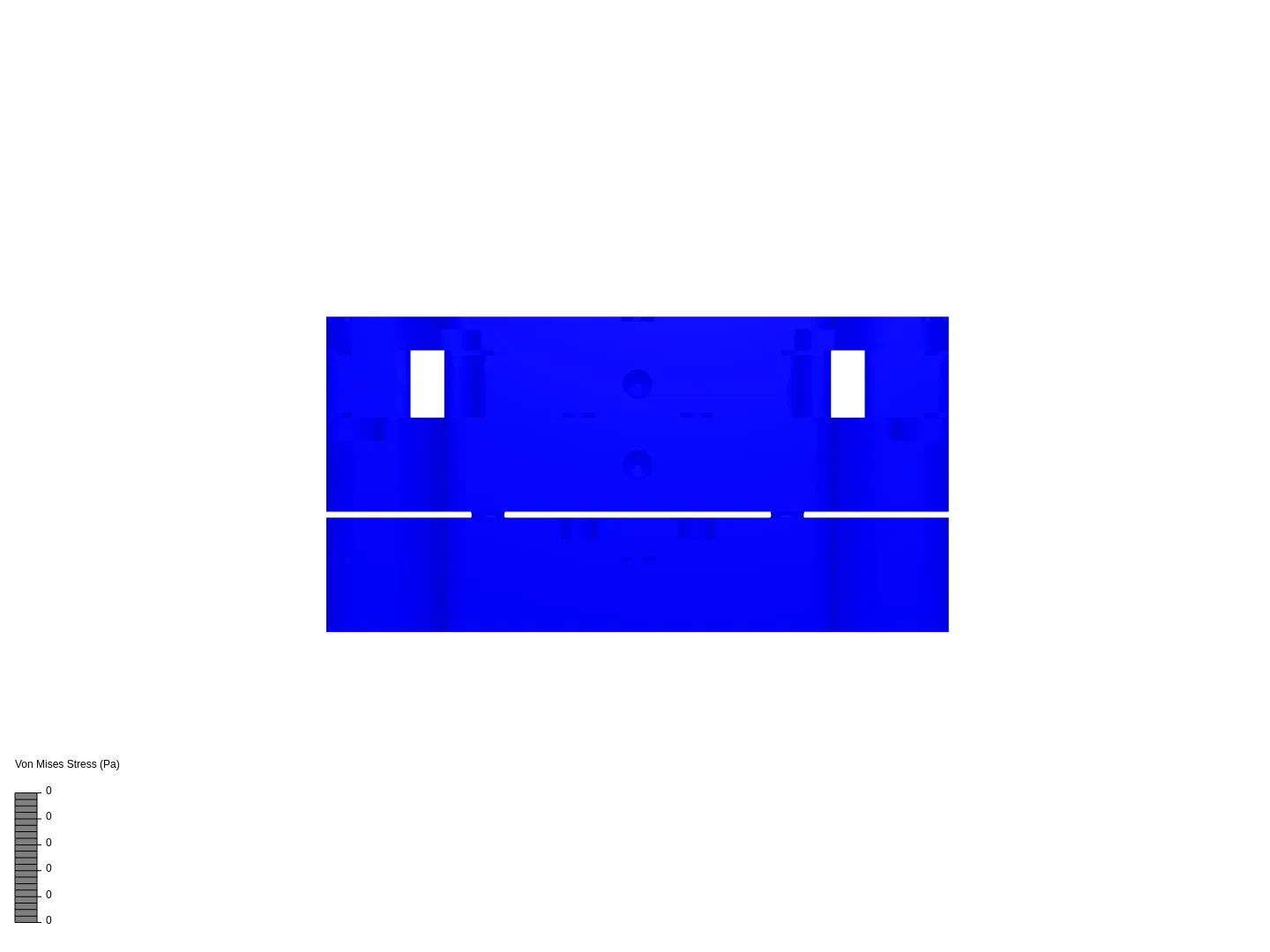Alright, so you’re into diecast cars. Maybe you’re just starting out, or maybe you’ve got shelves overflowing with miniature metal marvels. Either way, you’ve probably heard the term ‘diecast quality’ tossed around. But what does that actually mean? And more importantly, how can you make sure you’re getting your money’s worth?
We’re not talking about whether a Ferrari is ‘better’ than a Lamborghini (that’s a debate for another day!). We’re talking about the actual build quality, the paint, the details, and whether the thing is just going to fall apart when you look at it sideways. This article breaks down the key aspects of diecast quality and introduces you to some services that can help you navigate the often-choppy waters of collecting.
What Even Is Diecast Quality?
Diecast quality is a multi-faceted thing. It’s not just about how shiny it is, although that helps! Here’s a breakdown of the key things collectors look for:
- Paint Finish: Is the paint smooth, even, and free of blemishes? Are the colors accurate to the real car?
- Casting Quality: Are there any imperfections in the metal casting itself? Things like bubbles, gaps, or misaligned parts can detract from the overall quality.
- Details: Are the details crisp and well-defined? Things like badges, lights, and interior features should be accurately represented.
- Assembly: Is the model put together well? Are the parts securely attached? Do the wheels roll smoothly?
- Materials: What kind of materials are used? Higher-end models often use higher-quality metals, plastics, and rubber for the tires.
- Accuracy: Does the model accurately represent the real car it’s based on? This includes the shape, proportions, and details.
- Functionality: Do any moving parts work as they should? This could include doors, hoods, trunks, and steering.

Of course, ‘quality’ can also be subjective to some extent. What one collector finds acceptable, another might not. It really boils down to your personal preferences and what you’re willing to pay for.
Common Diecast Quality Issues to Watch Out For
Even from reputable manufacturers, some common issues can slip through the cracks. Knowing these beforehand will help you inspect a diecast when you get it.
- Paint defects: These can include orange peel (a bumpy texture), paint runs, scratches, and dust particles trapped in the paint.
- Misaligned parts: This could include doors that don’t close properly, wheels that are not aligned correctly, or parts that are not centered.
- Loose parts: This can include mirrors, antennas, or other small parts that are not securely attached.
- Missing parts: This is self-explanatory – sometimes parts are simply missing from the model.
- Casting flaws: As mentioned earlier, these can include bubbles, gaps, and misaligned parts in the metal casting itself.
- Wheel wobble: Wheels that don’t spin true can be a sign of poor assembly or damaged axles.
- Broken parts upon arrival: Even with good packaging, fragile parts can sometimes break during shipping.
Remember to carefully examine your diecast model when it arrives to identify any potential issues early on. It’s easier to address problems soon after purchase than down the line.
Diecast Quality Control Services: Are They Worth It?
Now, let’s talk about those ‘quality control services’ we mentioned. These are essentially businesses or individuals that offer to inspect diecast models for quality issues before you buy them (or sometimes even after you’ve already bought them, if you’re looking for help with a return or repair).
The value of these services really depends on a few factors:
- The price of the diecast: If you’re buying a relatively inexpensive model, the cost of a quality control service might outweigh the benefits. However, if you’re dropping serious cash on a rare or high-end model, it could be a worthwhile investment.
- Your own expertise: If you’re an experienced collector, you might be perfectly capable of spotting any potential issues yourself. But if you’re new to the hobby, or you just don’t have a keen eye for detail, a quality control service can provide peace of mind.
- The reputation of the seller: If you’re buying from a reputable dealer with a good return policy, you might not need a quality control service. But if you’re buying from a private seller or an unknown source, it could be a good idea to have the model inspected beforehand.
- The availability of the service: Quality control services are not always readily available, and their cost can vary. Factor this into your decision.

What Do Diecast Quality Control Services Actually Do?
Okay, so what exactly do these services do? Typically, they involve a thorough visual inspection of the diecast model. This might include:
- Checking for paint defects
- Inspecting the casting for imperfections
- Verifying the accuracy of the details
- Ensuring that all parts are securely attached
- Testing any moving parts
- Comparing the model to photos of the real car to check for accuracy
Some services also offer additional options, such as taking detailed photos of the model, providing a written report of their findings, or even helping you negotiate a return or refund with the seller.
Finding Diecast Quality Control Services
Finding these services can take a little digging. Here are some avenues to explore:
- Online forums and communities: Many diecast collectors participate in online forums and communities. These are great places to ask for recommendations.
- Diecast dealers: Some diecast dealers offer quality control services as part of their offerings.
- Independent inspectors: You might be able to find independent inspectors who specialize in diecast models through online marketplaces or social media.
- Check specialized diecast websites and blogs: They often review or mention inspection services.
The Future of Diecast Quality in 2024
As diecast manufacturing technology advances in 2024, we can expect to see even more attention to detail and accuracy. However, mass production still means that quality control remains crucial. Collectors are becoming increasingly discerning, driving demand for higher standards and more rigorous inspection processes. We might even see more automated or AI-powered inspection tools emerge to assist with quality control.

Ultimately, whether or not you choose to use a diecast quality control service is a personal decision. But hopefully, this article has given you a better understanding of what ‘diecast quality’ actually means, and what options are available to you as a collector. Happy collecting!
